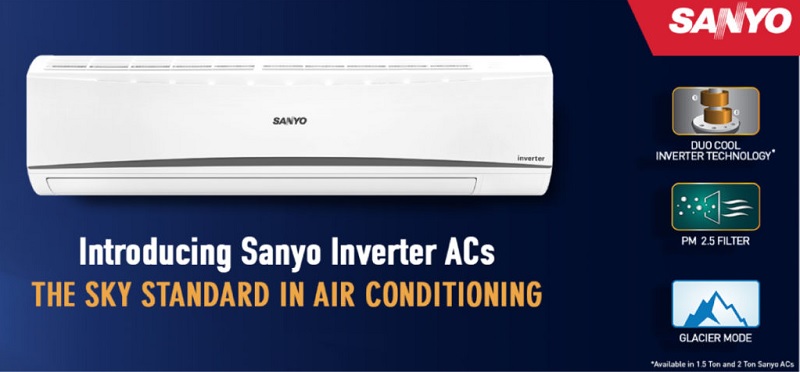We have Inverter and non-inverter ac in the market. Here in this blog, we are going to discuss the differences and similarities between the two.
Let’s start with the definition that is the basic difference between both types of AC.
What is an inverter air conditioner?
When the temperature or humidity is high, the inverter makes the compressor draw more power. When the energy and cooling requirement is low,the compressor draws less power. This is the basic functionality of an inverter AC. The compressor is always running with this technology, but it uses less or more electricity depending on the temperature of the incoming air and the thermostat setting.
What is AC with a fixed speed?
Fixed-speed air conditioners, also known as normal or non-inverter air conditioners, have a simple single-speed motor with only two settings: on and off. They turn off after the desired temperature is attained and only turn back on when the temperature rises to a certain level.
Now, let us see the difference in their working.
How does an inverter air conditioner work?
The compressor is the air conditioner’s heart whether it is a 1.5 ton split air conditioner or any other AC. Traditional air conditioning cycles are on and off at regular times. When you set a temperature, the air conditioner cools the room to that temperature and then turns off the compressor until the temperature increases again.
When the compressor detects warmth, it restarts and follows the same cycle. When the compressor is turned on, electricity peaks and the compressor consumes more power.
Unlike traditional air conditioners, inverter air conditioners have an always-on compressor; you never know whether it is operating or not. They have motors with shifting speeds that vary as and when the compressor needs. Instead of stopping when the target temperature is reached, the compressor motor runs at a low speed to maintain the desired temperature. There is no electricity peak as a result, which can save up to 40-50% on electricity.
Differences
Efficiency
The inverter is by far the most energy-efficient air conditioner. It is more cost-effective and easier to use than a fixed-speed air conditioner. Because of its variable-speed compressor, it uses less electricity and is better for the environment.
Fixed-speed air conditioners operate on a binary (0/1) system, with either full capacity or no capacity. Once the required temperature has been attained, a fixed speed system turns off the compressor and only restarts it when the temperature reaches a predetermined threshold.
Any interfering heat might delay the cooling mechanism, increasing strain on the compressor as the AC tries to restore the appropriate temperature balance. Non-inverter or fixed-speed ACs cool just as well as inverter air conditioners, but their binary on-off operation might cause temperature inconsistencies.
Once the required temperature has been attained, a fixed speed system turns off the compressor and only restarts it when the temperature reaches a predetermined threshold. Any interfering heat might delay the cooling mechanism, increasing strain on the compressor as the AC tries to restore the appropriate temperature balance. While inverter air conditioners can regulate their temperatures, this implies that the speed of the compressors is reduced by the temperature of the room.
Price
Fixed speed AC is less expensive than inverter AC.
Similarities
Purpose
The main purpose behind the two is cooling. When it comes to temperature management, both fixed speed and inverter air conditioners can cool your room in minutes.
Although inverter systems are more energy efficient than fixed-speed ACs but are costly. This delta, however, can be compensated in the long run through energy savings.
AC units
Both types of ACs consist of a compressor, condenser and blower. However, the technology is different.
Which is the best – 5 star inverter split AC or fixed speed AC?
If you’re seeking the best household or commercial air conditioning performance, inverter technology is usually the superior option.Inverter air conditioning controls and modifies the speed of the compressor motor. The outside unit’s compressor does not have to turn on and off all the time. In exchange, it accelerates or slows down as needed to maintain a steady, pleasant temperature.

